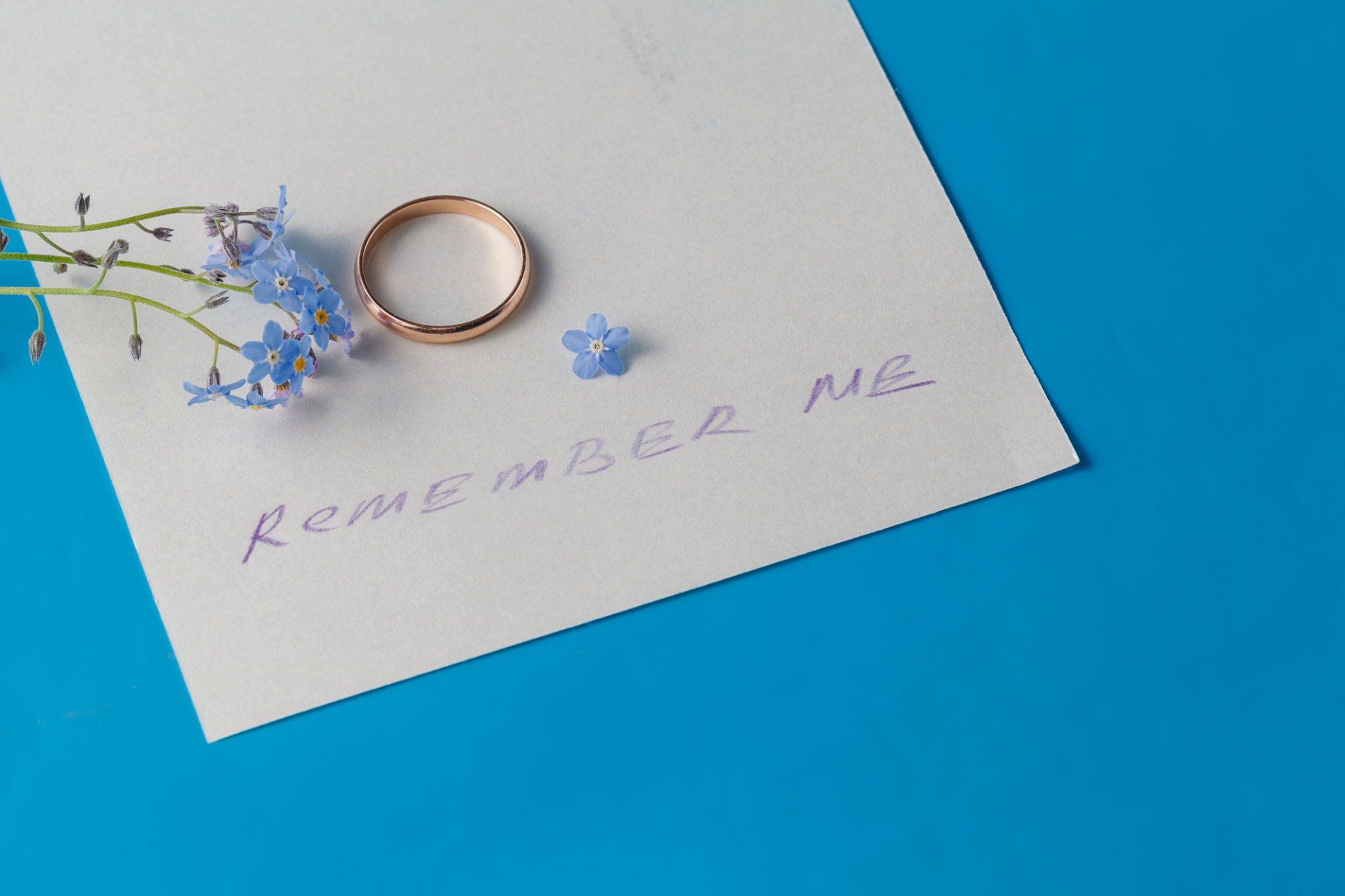Creating a Personalized Obituary: A Step-by-Step Guide
Understanding the Importance of a Personalized Obituary
Writing an obituary is a meaningful way to honor the life of a loved one who has passed away. A personalized obituary not only highlights the significant milestones and achievements of the deceased but also captures their unique personality and spirit. This guide will help you create a heartfelt tribute that resonates with family and friends.

Gathering Essential Information
Before drafting an obituary, it's essential to collect all the necessary information about the deceased. Start by compiling key details such as:
- Full name, including any nicknames
- Date and place of birth
- Date and place of death
- Names of surviving family members
- Education and career highlights
- Hobbies, passions, and achievements
Having these details on hand will make the writing process smoother and ensure no crucial information is omitted.
Choosing a Tone and Style
The tone of the obituary should reflect the personality of the individual being remembered. Consider whether a formal or informal style best suits them. Some people prefer a straightforward approach, while others might appreciate a more lighthearted or humorous touch. It's important to balance the tone with respect and sensitivity.

Structuring the Obituary
A well-structured obituary usually consists of several sections. Begin with a brief introductory paragraph announcing the death, followed by a summary of life accomplishments and personal anecdotes. Here's a simple structure to follow:
- Announcement: Include when and where the person passed away.
- Biographical Information: Highlight key life events, such as education, career, and family.
- Personal Touch: Share stories, hobbies, and interests that made them unique.
- Survivors: List surviving family members and close friends.
- Service Details: Provide information about funeral or memorial services.
Adding Personal Anecdotes and Memories
Personal anecdotes are what truly set a personalized obituary apart from a standard one. These stories can bring warmth and depth, painting a vivid picture of the individual's life. Consider including memorable moments shared with family or friends, highlighting their sense of humor, kindness, or passions.

Editing and Proofreading
Once you've written the initial draft, take time to review and refine it. Editing is crucial to ensure clarity, correctness, and coherence. Pay attention to spelling, grammar, and punctuation. It can be helpful to have another family member or friend read through the obituary to provide feedback and catch any errors.
Publishing the Obituary
After finalizing the obituary, decide where it will be published. Options include local newspapers, online platforms, or funeral home websites. Each has its advantages; newspapers can reach a local audience, while online platforms may have a broader reach. Ensure you meet any submission deadlines for print publications.
Preserving the Legacy
The obituary serves as a lasting tribute to your loved one’s life and legacy. Consider creating a digital version that can be easily shared with others online. This not only preserves their memory but also provides comfort to those who may not be able to attend services in person.
Creating a personalized obituary is a deeply personal process that requires thoughtfulness and care. By following these steps, you can craft a meaningful homage that celebrates the life and legacy of your loved one.